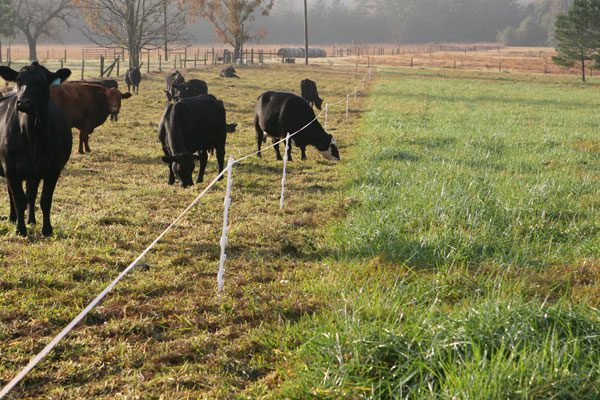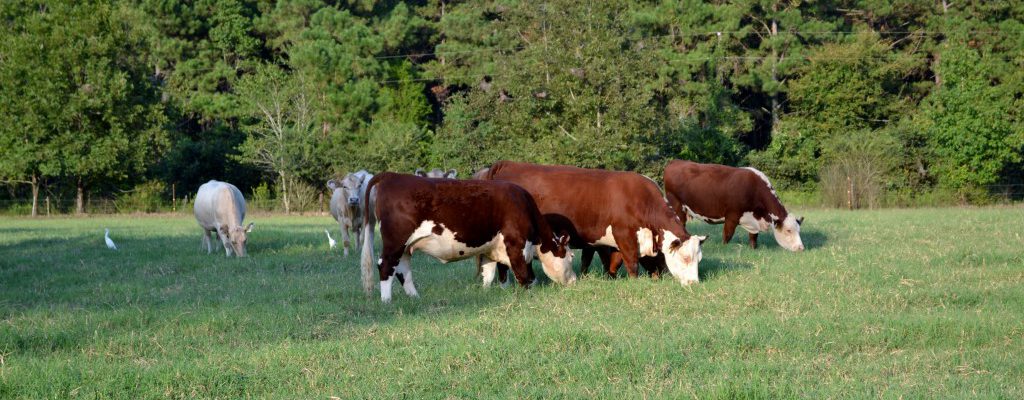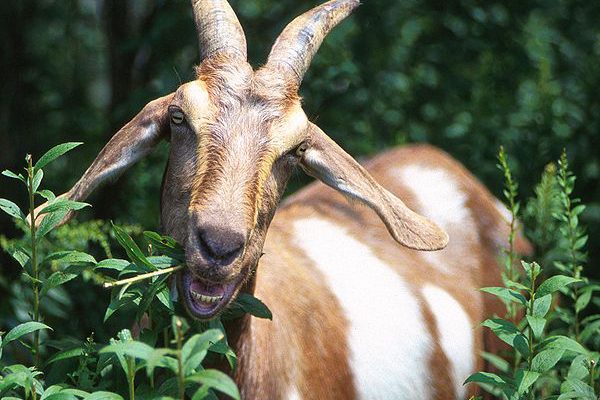Carole Knight
-

By Jeremy Kichler Colquitt County CEC Winter annual crops can make excellent food plots for wildlife. Cool season grasses include wheat, oats, rye, and triticale. Clovers can be planted in food plots in order to attract insects and produce seed for birds. Soil Sample One of the first things wildlife enthusiasts need to do is…
-
By Adam Speir Madison County CEC For most forage producers, disease is usually the least dealt-with component of the “forage pest-trifecta” of weeds, insects, and diseases. Just like humans, forages have a general tendency to withstand disease pathogens that are present in the environment. However, situations can develop where disease issues arise and producers are…
-

By Ray Hicks Screven County CEC The cost of hay and feed for winter supplementation is one of the largest expenses for cattle producers. Stockpiling bermudagrass or bahiagrass fields for grazing use in the winter can help save on hay cost and labor. You can expect to get 30 to 60 days of grazing from…
-

By Lucy Ray Morgan County CEC The horse has one of the most complex, and arguably, the most frustrating, digestive systems of any grazing livestock species that owners/producers deal with. When one thinks of feeding horses, frightening scenarios like colic and founder can come to mind. While certain parts of the horse’s digestive system can…
Posted in: horse -

By Steve Morgan Harris County CEC There are many important components in a successful livestock production system. One of the most important tasks in grazing management is understanding livestock stocking rate. It is critical in making timely management decisions that affect profits in beef cattle production. The optimum number of animals on a pasture makes…
Posted in: Grazing -

By Adam Speir Madison County CEC Goats have the perception of being able to survive on just about anything, including the occasional tin can. While goats do have a unique capability of grazing plant species that other livestock may not prefer, good management and planning are critical for a successful and efficiently productive goat herd.…
-

By Ray Hicks Screven County CEC If you were like me, growing up around the farm, you couldn’t wait till you got old enough to have the responsibility of cutting the hay crop. Riding that tractor and mower, smelling that fresh mowed grass, knowing that the horses and cows were going to enjoy that hay…
Posted in: Hay -
By Jeremy Kichler Colquitt County CEC I have had forage producers love or hate crabgrass over the years. If you are a hay producer, crabgrass can provide us with some production challenges such as slower drying time compared to other summer forages. If you are in need of some summer grazing, it can be a…
-

By Will Lovett Bacon County CEC There are several perennial warm-season grasses that are native to the Eastern United States. The Native Warm Season Grasses (NWSG) most commonly used for forage are switchgrass, eastern gamagrass, indian grass, big bluestem and little bluestem. These NWSG are clump-forming, bunchgrasses that grow during the summer. They can provide…
-
By Jeremy Kichler Colquitt County CEC Summer annual forages can provide high yields of good quality forage during late spring and summer for both beef and dairy producers. Most of the warm season annual grasses emerge and establish quickly and are very drought tolerant. They can be used for grazing, hay or silage. Producers need…